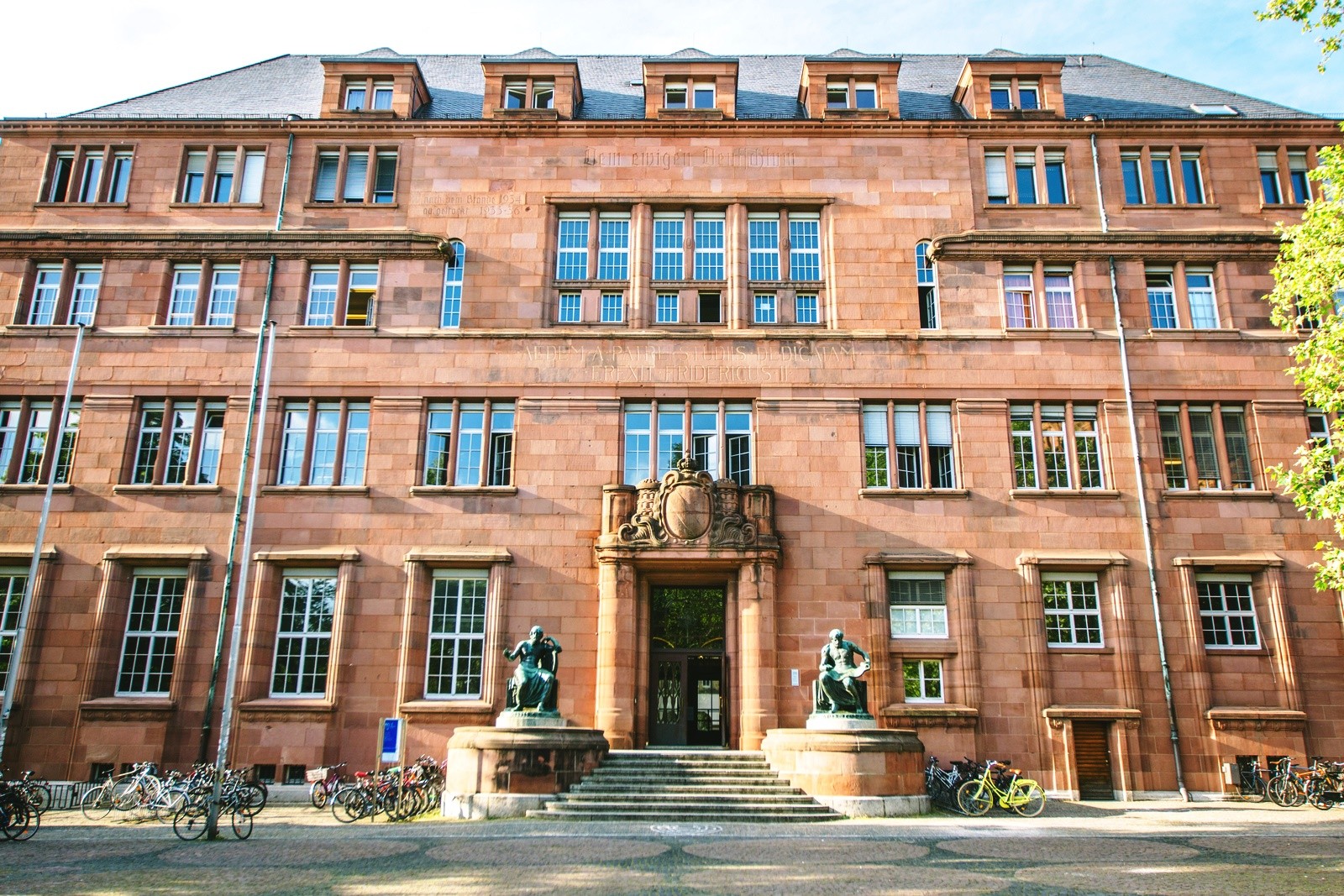University of Freiburg: Experimental physicist Frank Stienkemeier studies the rapid transmission of energy
A record-breaking 400 femtoseconds: that’s the incredibly short period of time in which the experimental physicist Prof. Dr. Frank Stienkemeier managed to transmit energy between two helium atoms. He did it using a combination of nanobubbles in nanodroplets and XUV lasers. Previous prevailing theory was that such transmission inevitably took ten times longer.
“That’s just not possible,” Prof. Dr. Frank Stienkemeier at first exclaimed in amazement. The experimental physicist from the University of Freiburg’s Institute of Physics had produced nanobubbles on two helium atoms, and they had exchanged energy ten times faster than theory predicted. Stienkemeier sent his results to other researchers in Barcelona, Spain. They developed a theory with which the Freiburger was able to calculate the transfer of energy via bubbles in a computer model. “This produced a coherent picture,” states Stienkemeier.
Side by side in nanodroplets
It is only partly known how atoms exchange energy because of the speed with which this occurs. The process takes less than the blink of an eye even when the atoms do not have bubbles. “Put simply, imagine it like an atom passing its energy to another like a ball,” explains Stienkemeier. For his work with nanobubbles he used a modeling system known as helium nanodroplets. These only contain helium atoms. The droplets can be likened to a room with atoms side by side instead of people. If a helium atom wants to pass energy here to a specific second atom, the giver must squash up against the receiver. The more dense the crowd, the more difficult this becomes.
All droplet helium atoms are in a basic state with the core in the center and two electrons whirling around on a normal path. So helium has no desire to pass on energy. Therefore Stienkemeier’s team fired an XUV laser at the droplets. XUV stands for extreme ultraviolet radiation (also known as EUV). Its energy-rich photons stimulate individual helium atoms electronically, pushing one of the electrons onto a higher path. The electron shell of the stimulated helium atoms fluffs up. The stimulated helium becomes ‘fatter’ and each forms a private bubble. This makes the crush of nanodroplets in the room full of helium even more dense.
Atomic aversion
“Helium doesn’t like other electrons,” explains Stienkemeier. Even unstimulated helium atoms keep as much distance as possible from each other. Stimulation with XUV increases this aversion massively and the smaller unstimulated helium atoms force the stimulated inflated atoms together. “Suddenly they are placed directly next to each other for energy transmission.” Now there is nothing between the atoms to impede transfer. Energy passes from one helium atom to another. This bundles so much energy there that an electron is shot out. And it takes just 400 femtoseconds – that is four times a 1,000,000,000,000,000th of a second.
However according to prevailing theories that was far too fast, until a team of theoretical physicists headed by Prof. Dr. Manuel Barranco at the University of Barcelona solved the apparent contradiction and developed a theory of how to simulate helium bubbles on a computer. This enabled Stienkemeier’s team to model the transfer of energy via bubbles in a simulation. And with it everything came together. “It was a great piece of work and cooperation,” praises the Freiburg researcher.
Precise short-time measurement with a purpose
In the laboratory at the Institute of Physics his team built the station for the experiments involving the laser beam hitting the helium droplets. The station also includes the source that produces the nanodroplets for experiments. In addition it includes detectors for the electrons that are released in the course of energy transmission. “We have to measure the energy from these electrons very precisely,” says Stienkemeier. This measurement is the only way of finding out that the correct particles they are looking for are involved. The entire station is now a permanent part of a major research facility in Italy. And the XUV laser is there too. As results the experiments throw out columns of figures. These serve as comparative figures for the theory and simulation, which as mentioned takes place somewhere else again.
“We want this to show that such experiments with nanoparticles and precise time measurement are possible and that something worthwhile comes out of it,” says the physicist. “When transmitting energy between atoms and molecules we have to take the behavior of the environment and its dynamics into account as well.” The unstimulated helium atoms in the nanodroplet influence the energy transmission process, even though they are not directly involved. Transfers like this can occur when X-ray light causes damage to biological tissue, for example. However Stienkemeier conducts basic research. His passion is for measuring ultrashort processes at ever-smaller intervals: “To do this we need very brief laser pulses.” This could also be of interest in quantum technologies. “They are combined with phenomena such as interference and interrelationships,” says the physicist, “This is still new ground for research in the field of short-time with XUV lasers.”
Ever-shorter time zones
To do this, of course, major research facilities and cooperations will once again be necessary. “Cooperations like this can sometimes last a very long time,” says Stienkemeier. His two coordinators of the experiment with the nanobubbles, who were then post-docs, Dr. Aaron C. LaForge and Dr. Marcel Mudrich, have already moved on, one to the USA, the other to a professorship in Denmark. But the Freiburg experimental physicist’s research group of around 25 has further promising new recruits. Stienkemeier and his team are now proposing to investigate even-shorter time zones: they want to try to understand other processes that affect humans and nature with even-more precise and faster methods.

